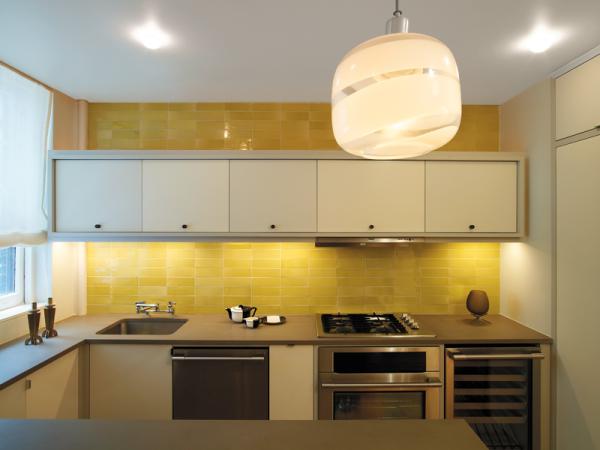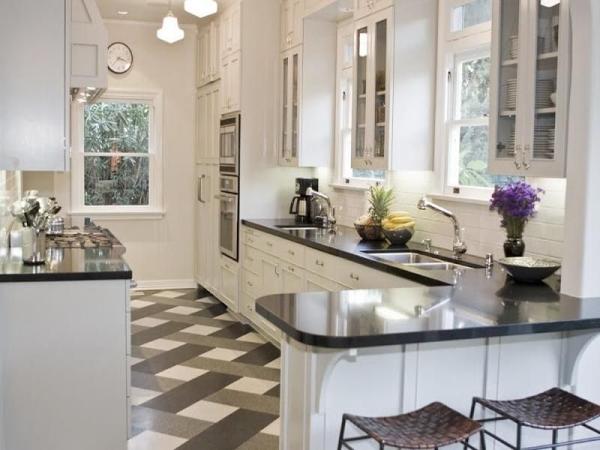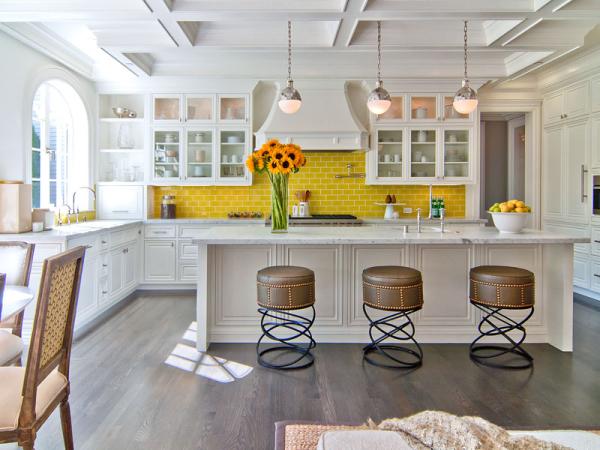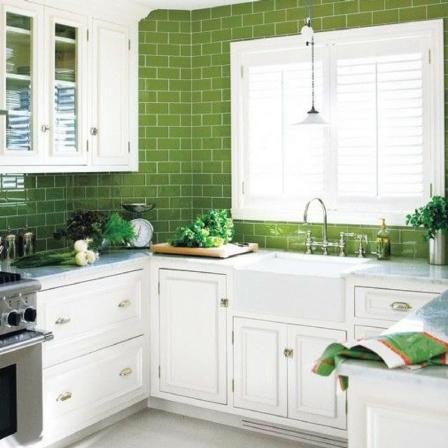Ceramic tiles have been an integral part of Spanish architectural heritage for centuries, renowned for their timeless charm and exceptional craftsmanship. In this article, we will delve into the rich history and cultural significance of Spanish ceramic tiles, as well as explore their unique characteristics and contemporary designs.
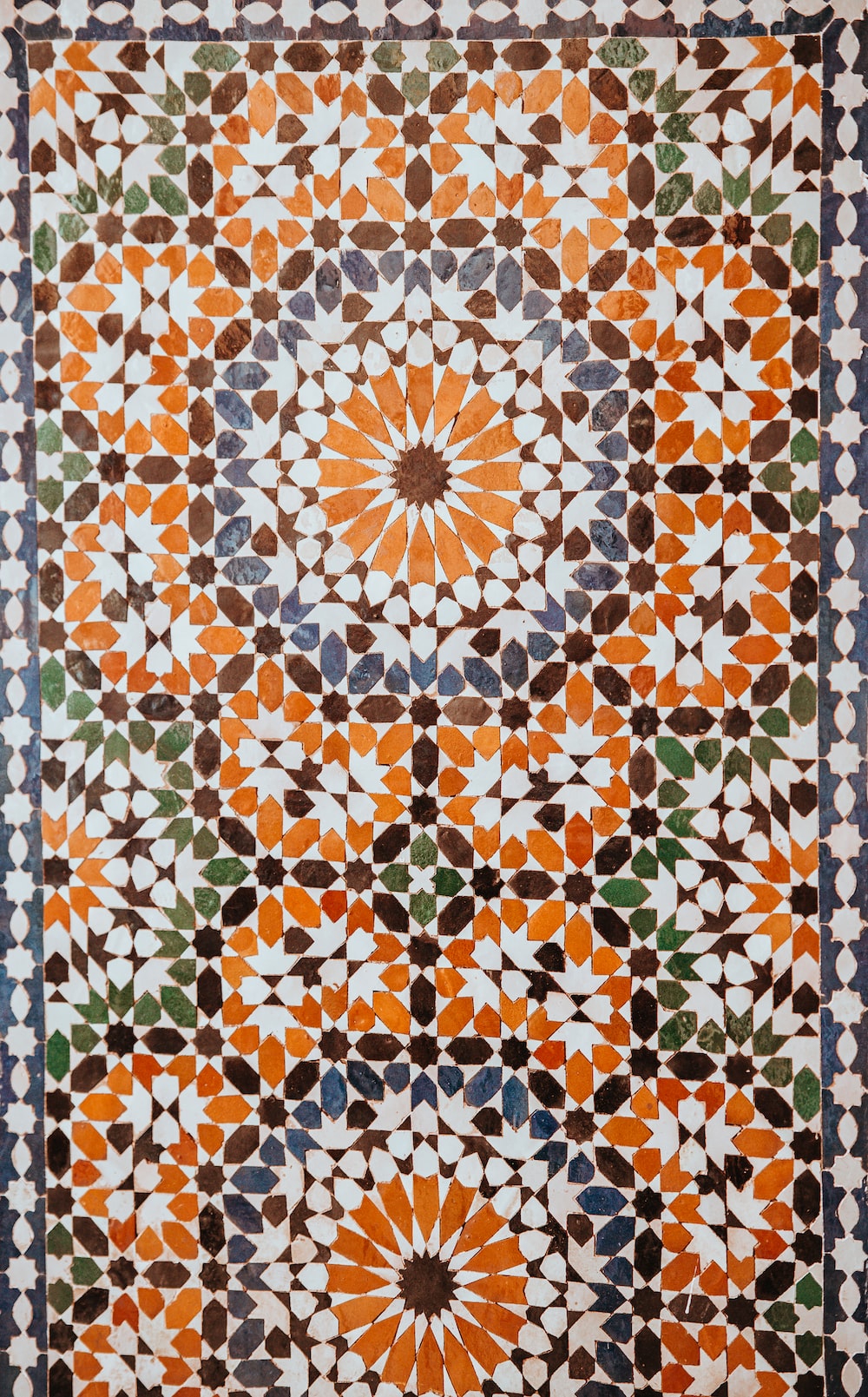
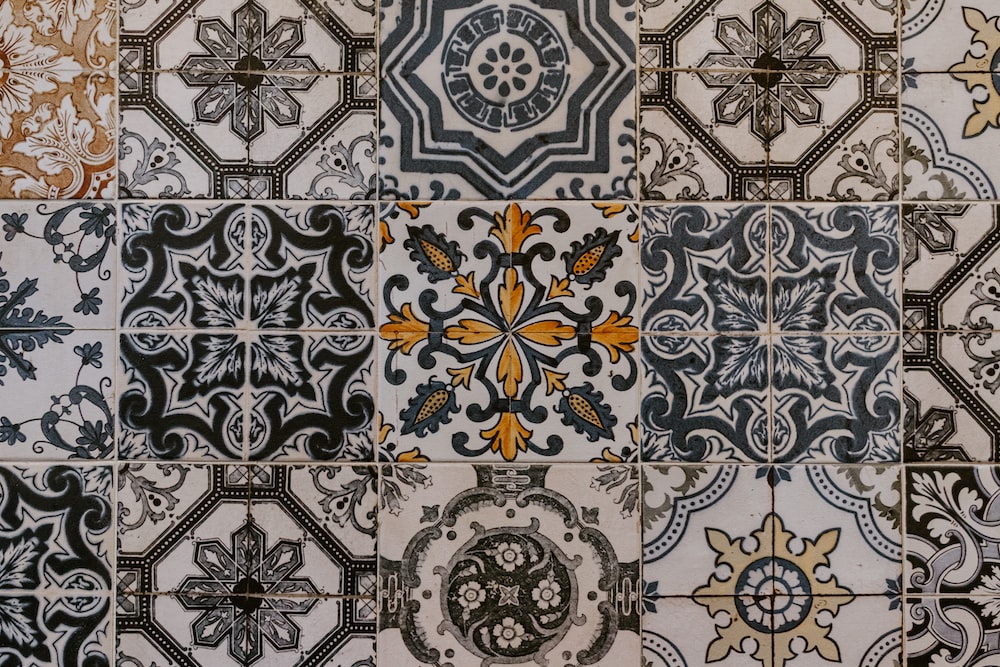
Historical Background
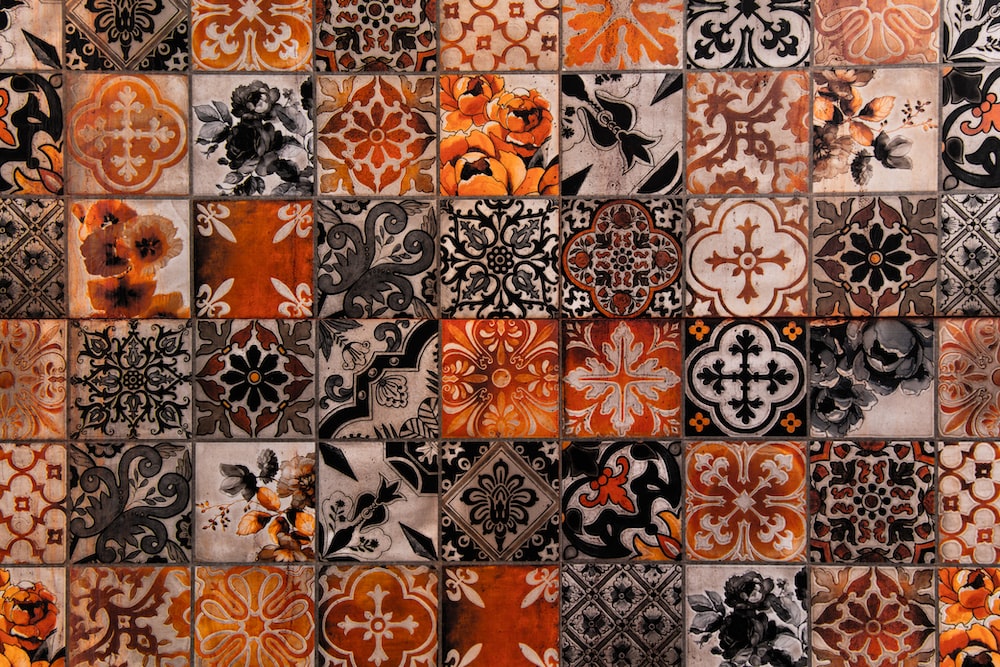
The tradition of ceramic tile-making in Spain dates back to the Roman era. However, it was during the “Reconquista” period, between the ۸th and ۱۵th centuries, that Moorish influence played a vital role in shaping the iconic Spanish tile aesthetic. With intricate geometric patterns and vibrant colors, the Moorish tile designs, known as “azulejos,” became synonymous with Spanish culture and architecture.
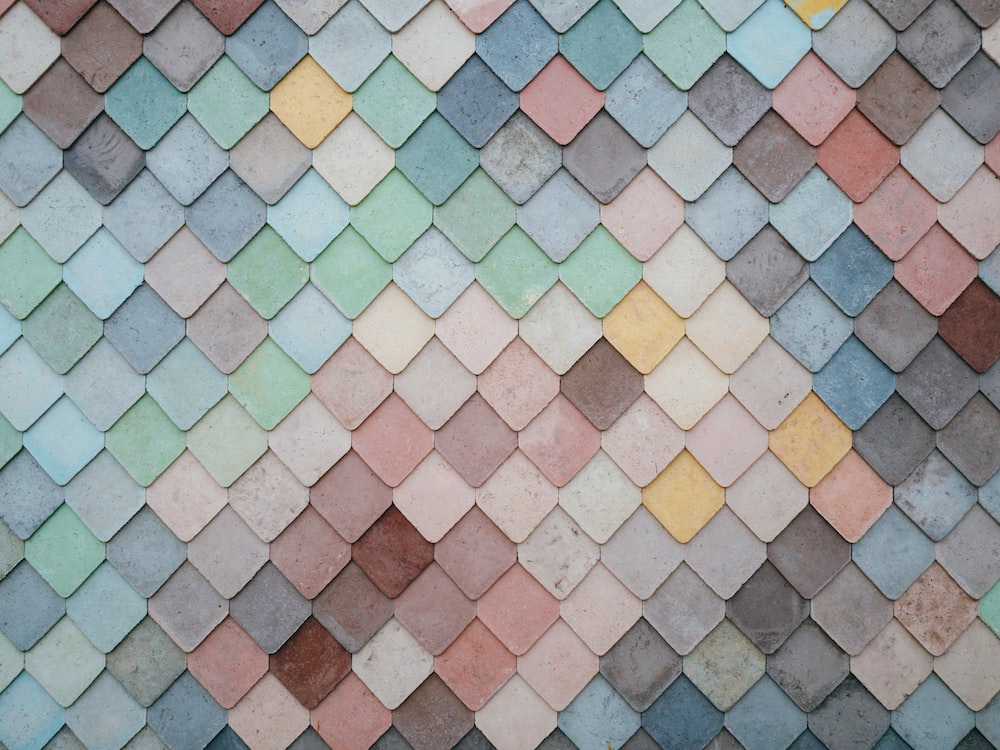
Cultural Significance
Spanish ceramic tiles hold immense cultural value as they embody the country’s artistic expression and architectural identity. From the historical palaces of Andalusia to the ornamental facades of traditional Spanish houses, tilework is an essential and defining element of Spanish heritage. The craftsmanship and artistic skills passed down through generations have made Spanish tiles a symbol of prestige and craftsmanship.
Characteristics and Manufacturing Process
Spanish ceramic tiles are characterized by their durability, variety of finishes, and intricate designs. Traditional tiles are often made using high-quality clay mixed with water, molded and shaped by hand, and then fired in a kiln at high temperatures. The glazing process, involving unique mineral-rich compositions, contributes to the tiles’ vibrant hues and glossy finishes. Modern manufacturing techniques have further expanded the range of sizes, shapes, and textures available, making Spanish ceramic tiles suitable for various applications, both interior and exterior.
Contemporary Designs
While Spanish ceramic tiles have a rich historical legacy, they also offer a contemporary appeal through innovative designs and patterns. The combination of traditional techniques and modern influences has resulted in a wide array of styles for all tastes and preferences. From bold geometric patterns to subtle floral or organic motifs, Spanish ceramic tiles can complement any architectural style or interior design concept.
Practical Benefits
Apart from their artistic value, Spanish ceramic tiles offer numerous practical benefits. The tiles’ dense, hard surface makes them resistant to scratches, stains, and fading, ensuring their longevity. Additionally, ceramic tiles are easy to clean and maintain, making them an ideal choice for high-traffic areas such as kitchens and bathrooms. Spanish tiles also provide excellent thermal insulation, enhancing energy efficiency and comfort in both residential and commercial spaces.
Spanish ceramic tiles continue to captivate the world with their alluring beauty and timeless elegance. From historical landmarks to contemporary interiors, their versatility and rich heritage make them a cherished choice for architects, designers, and homeowners alike. Whether seeking to embrace tradition or infuse modernity, Spanish ceramic tiles offer enduring aesthetics and functional benefits.
